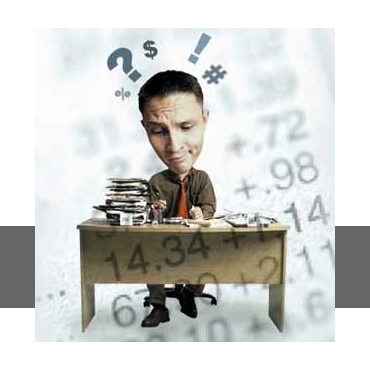When you think about the representation of technology companies and entrepreneurs within fiction, the first current reference is usually the HBO series, Silicon Valley which takes an exaggerated and almost parodic approach around culture start out.
But there is another series, released around the same time, that takes a historical dramatic fiction approach. Is named Halt and Catch Fire, and lasts four seasons, which are quite different from each other. The plot is about four entrepreneurs, two women and two men, who at the beginning of the eighties (although the plot later we learn that it starts from the end of the seventies) try to revolutionize the personal computer.
The twist is that instead of being located in California, the first seasons tell a story from the so-called Silicon Prairie (particularly Dallas, Texas), the cradle of firms such as ATT, Motorola, Nortel and Cisco. That is to say: not everything is San Francisco. The choice was refreshing since at the time of the premiere (2015), the media was in a kind of saturation around the culture of typical Californian entrepreneurs.
The series, along its path lived a common path of the startups: he failed, he was on the edge of danger, he was saved and he failed again, before finding maturity. The first season had regular reviews by specialized critics, due to a mysterious protagonist: Joe McMillan, a former IBM employee who was used to tailored suits and expensive cars, arriving in Dallas to recruit an engineer and dupe a local entrepreneur to have resources towards reinventing the personal computer.
Some have noted that this plot has similarities to the founding of Compaq, and specifically the development of the Compaq Portable. In the end, we realize that even if you sell hundreds of thousands of units, your project may be a failure.
On the way to clone the IBM PC, Joe forms bonds with the engineer Gordon, his wife (a senior engineer, but dedicated to the home) Donna, and a talented but disorganized programmer: Cameron. These four, over four seasons, will form alliances and enmities in search of creative greatness.
During the first season we learned that Donna and Gordon had spent all their savings developing another personal computer, introduced in the late 1970s, which was a commercial failure. The Symphony, it was called. This fact, recorded by Joe thanks to the incipient technology press, led him to Texas to convince Joe to clone IBM. One of the emphasis of the series is to define that there are several talents in a team:
- Joe, supposedly, is the genius of sales and promotion. But he does not know how to program or use a soldering iron.
- Cameron, is a prodigy programmer who refuses to have discipline.
- Gordon is a hardware master and born innovator, but the failure of the Symphony (his previous project) leads him to a depressing life as an engineer at the local company that Joe bursts in, and he convinces to produce another PC.
- Donna, is a hardware engineer but also a business virtuoso (like Joe) but is stuck with the previous failure, as well as with burnout for her life as a mother of two (with Gordon) and a part-time job as a low-level engineer at Texas Instrument.
These four personalities will sabotage each other and make unexpected alliances, but throughout the series (which spans 10 years in the plot, but four seasons) their trucks will always be united.
Spoiler alert: Joe's Dallas plan fails, and together with Gordon he learns that financial success isn't everything. His PC is a success but the owners of the company decide to sell it to an Asian company. As Gordon finds a new life, without financial problems thanks to the sale, a tantrum from Joe leads him to what he knows best: reinventing himself.
And this is how since the second season, the series changes radically and shows how these four were always on the verge of breaking it and being the next big thing. But, like hundreds, they always failed.
To make you itch, these light descriptions go to you by season:
- Season One / The reinvention of the PC versus the innovation of the first Mac.
- Season 2 / The start of home consumer internet providers against the open web and online communities. We could equate it to the creation of AOL or Compuserve.
- Season Three / The four of them move to California, to meet the world of investors in San Francisco. Culture of VC's and problems between founders. The thematic lines were the creation of the first antivirus, chat rooms, online commerce and the dilemma of having a founder without business training at the head of the company.
- Fourth season / Life as investors, CEOs and VC's. The thematic lines are a kind of Google vs. Yahoo approach, added to the first author video games.
At the end of the series, now without so much spoiler, we realize that the common theme of each season was failure. That is how Halt and Catch Fire It is a kind of tribute to all the entrepreneurs who were nearly break, even with ideas similar to those who did. But perhaps they were early, in a geographical place where it was not possible or even something as forceful as not having the necessary contacts.
You can see Halt and Catch Fire on Netflix gringo through a VPN. No legal streaming service in Mexico is loading it, which is a shame.
***












No Comment